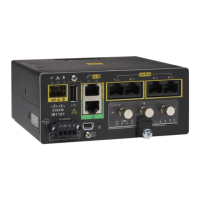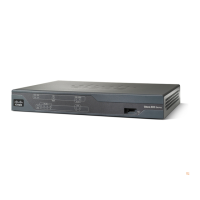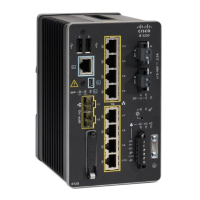timeout
To specify the collection period duration time for the logging correlator rule message, use the timeout command
in stateful or nonstateful correlation rule configuration modes. To remove the timeout period, use the no form
of this command.
timeout [ milliseconds ]
no timeout
Syntax Description
Range is 1 to 600000 milliseconds.
milliseconds
Command Default
Timeout period is not specified.
Command Modes
Stateful correlation rule configuration
Nonstateful correlation rule configuration
Command History
ModificationRelease
This command was introduced.Release 3.6.0
Usage Guidelines
Each correlation rule that is applied must have a timeout value, and only those messages captured within this
timeout period can be correlated together.
The timeout begins when the first matching message for a correlation rule is received. If the root-cause message
is received, it is immediately sent to syslog, while any non-root-cause messages are held.
When the timeout expires and the rootcause message has not been received, then all the non-root-cause
messages captured during the timeout period are reported to syslog. If the root-cause message was received
during the timeout period, then a correlation is created and placed in the correlation buffer.
The root-cause alarm does not have to appear first. It can appear at any time within the correlation time
period.
Note
Task ID
OperationsTask ID
read, writelogging
Cisco IOS XR System Monitoring Command Reference for the Cisco XR 12000 Series Router, Release 4.1
72 OL-24735-01
Alarm Management and Logging Correlation Commands
timeout

